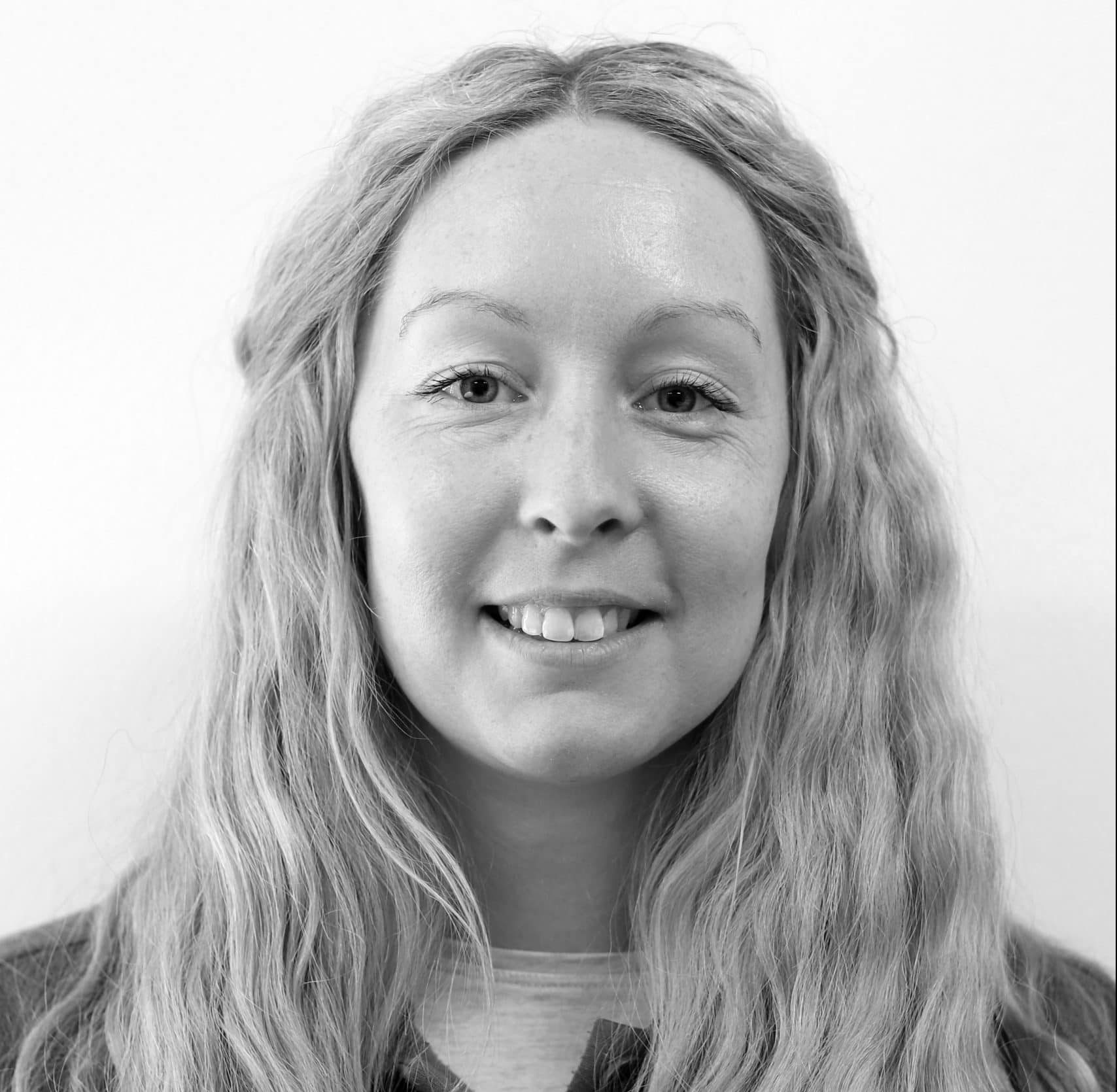The Brindle & Green offices are located within the Radbourne Estate, one of the few private estates in England which has passed only by inheritance or marriage since the Norman Conquest in the 11th century. A hand drawn map of the Radbourne estate, obtained from the Derbyshire Records Office shows the layout estate in the early 18th century.
Radbourne Lane can be identified, with many of the surrounding fields still in the same general layout and shape today. The map shows the location of the Old Radbourne Hall, located in a hollow near to the still extant St Andrews Church. The current Radbourne Hall was built around 1739 at a higher elevation to the south-west, with the surrounding parkland laid out in 1790, by William Emes, a landscape gardener. This map was likely compiled to calculate rents, with the numbers in fields indicating acreages.
The site of Silverhill Farm, the location of our offices looks to be depicted by a small building. This could be an earlier farmhouse, with the current building complex all being of a later construction. The current Radbourne Hall is located in what was then the centre of a field.
St Andrews church still present in the village.
View within Radbourne park looking north. The old hall would have been located near to the church, in the lower ground to the rear of the tree visible in the centre of this image.

We’re delighted to welcome Megan Derrick into a full-time role as Graduate Ecologist after an outstanding season with us.

Charlie Martin has moved from his seasonal position into a full-time role as Ecological Mitigation Assistant - a transition shaped by enthusiasm, curiosity, and a genuine passion for ecology.

Scott Reast, Financial Controller marks 10 years with the company - a decade defined by commitment, adaptability, and an unwavering contribution to our growth and success.